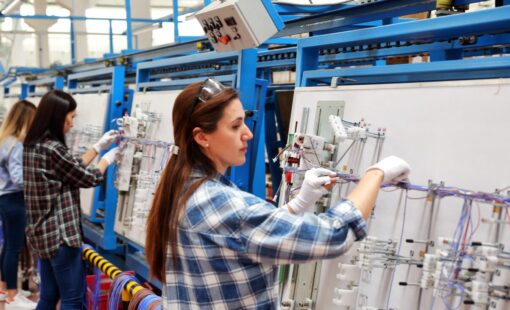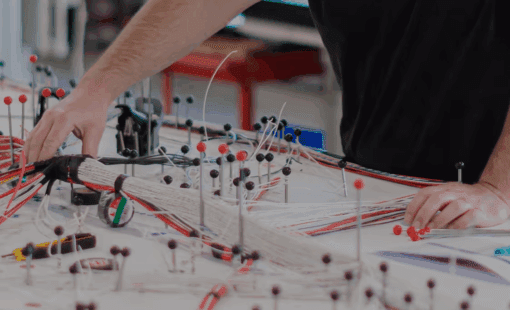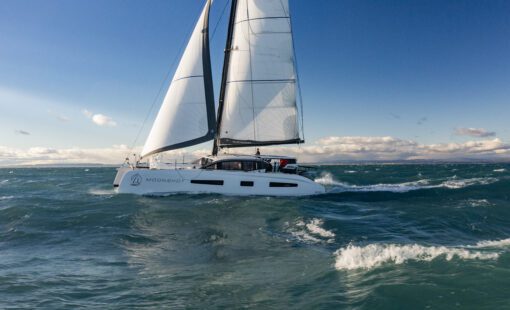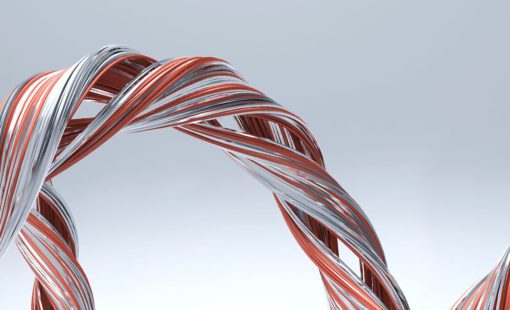Are we there yet?
 Our climate is changing, and that is evident across the board no matter which part of this beautiful planet you are currently exploring. This is not a debate about who is causing it or how we can change everything all at once. This is an observation and a pointer to the small steps we can take to ensure we are playing our part in the solution. Engineering departments world over are relentlessly striving to attain the environment-saving badge of honor. We have made steady progress, though at times taking two steps forward and one step back; it’s progress nonetheless. Electric cars, harnessing wind and solar energy, recycling, planting more trees etc. are all steps in the right direction.
Our climate is changing, and that is evident across the board no matter which part of this beautiful planet you are currently exploring. This is not a debate about who is causing it or how we can change everything all at once. This is an observation and a pointer to the small steps we can take to ensure we are playing our part in the solution. Engineering departments world over are relentlessly striving to attain the environment-saving badge of honor. We have made steady progress, though at times taking two steps forward and one step back; it’s progress nonetheless. Electric cars, harnessing wind and solar energy, recycling, planting more trees etc. are all steps in the right direction.
Green technology and saving the environment are two of the biggest common challenges facing all industries. The economic progress we’re aiming for, to a large part, seems counter intuitive when we must expend less energy and be more mindful of our product designs. The cradle-to-grave assessment is imperative and must form the basis of any design environment. In the midst of this, larger than life problem solving, it is easy to forget the smaller details that negate some of the work being accomplished. Case in point: the use of paper in engineering departments is commonplace with very few exceptions. I am guilty as charged for printing many sets of drawings for review, albeit that I haven’t done it in a long time.
A typical engineering department will print a set of drawings for review and for the manufacturing floor. I have walked many a production facility and the staple item on most stations is a printer. Some companies print the drawings once and store them in an accessible location only to have to make changes to the original, send them for corrections to the engineering department and print them again for storage. Immaterial of how you use the paper drawings and the reasons behind their use, it’s worth a look to understand the impact it has on goals for conservation.
There is so much information out there to understand the impact of paper use that I cannot possibly cover in this post – nor am I qualified to be scientifically accurate about the nuances of that discussion. Here’s some light reading if you want to start your research.
Why do we like paper?
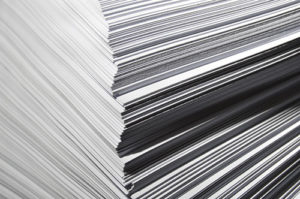
- Pulp and paper generate Industrial air, water and land emissions to come in at the 6th largest in the United States.
- Worldwide the pulp and paper industry is the 4th or 5th largest consumer of energy – depending on the paper use trends.
- The modern plant uses roughly 1/3rd gallon of water to produce a typical sheet of paper used in engineering.
- The number of schematic and documentation pages in your design, as well as the number of projects completed, will differ between organizations. A medium complexity design might need 100 pages to be printed for schematic and documentation. If you end up printing that 3 times in a project lifecycle and there are 12 projects in a year; we are talking about 3,600 pages.
How much paper do you use? Do the numbers surprise you?
Is there a better way forward?

The first step to reduce paper is to ensure fewer errors while creating a design. Intelligent design tools can help immensely in creating an error-free design cycle with the help of automation and design rule checks. In addition, an intelligent design tool can also provide a robust base to start and complete the design in less time and with fewer resources. The humungous benefit for using intelligent design tools not only helps you save costs and the environment but also boosts profitability by lowering the overall use of resources. The ability to bring multiple teams together and automate mundane tasks are natural side effects of using intelligent design tools. The continued use of a drafting solution to create the most amazing automated machines is beyond my understanding, especially in the electrical design space. The logical step after adopting an intelligent design platform is to utilize the abilities of the tools to assist with redlining and production related changes to the design electronically.
It is important to keep in mind not all tools are made equal and the abilities that you might have in your tool will always play a key role in enabling this step. If you are looking for ideas and assistance, our team at Zuken USA can provide insights into critical areas to focus on achieving a greener electrical and electronic engineering department.
How can E3.series help?
Zuken’s E3.series is a leading electrical design tool that can significantly help reduce errors and design while increasing collaboration across multiple teams. The efficiency and automation capabilities are virtually unmatched across multiple domains. In addition to the design tools, the E3.series suite has powerful redlining and other digital manufacturing assistance technologies to push your design to manufacturing efficiency to the next level.
We take pride in helping our partners achieve their technology and environmental responsibility goals by working together. If you have any question, comments or suggestions on how we can help you achieve your goals please reach out to us – we look forward to it.

